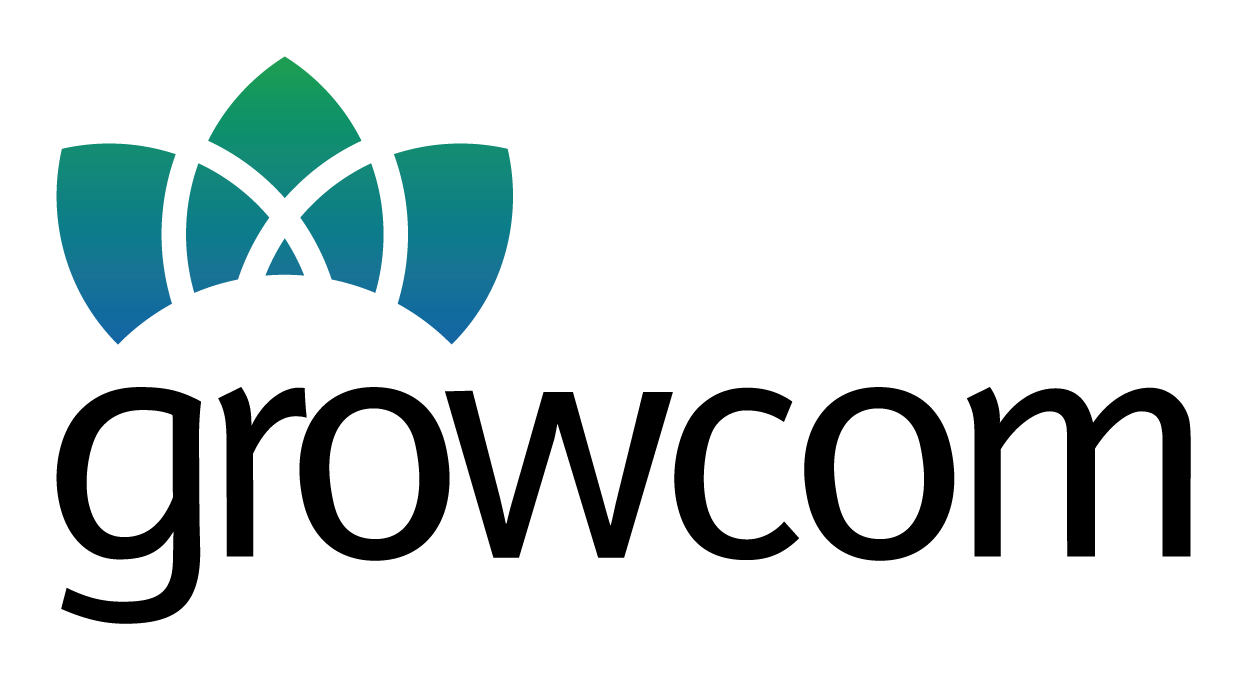High fives for horticulture in the Great Barrier Reef
The Great Barrier Reef (GBR) is one of the richest and most complex natural ecosystems on earth, and the world’s most extensive coral reef ecosystem. It is recognised for its vital ecosystem functions and supporting extensive aquatic wildlife. No other World Heritage property contains such biodiversity.
The catchments of the GBR support three significant horticulture food bowls growing an abundance of vegetables, summer fruits, nuts, and herbs. Bowen, in the North Queensland Dry Tropics region alone, produces 90 percent of Australia’s winter vegetables in rotation with melon production. The delightfully diverse array of vegetables grown in the Bowen region is an estimated farm gate value of $650M.
Moving northwards, horticulture is THE major agriculture sector of the Atherton Tablelands, contributing $530M to the Tablelands economy. Expansion of the industry into tree crops such as avocados and citrus, as well as blueberries, has been a driving factor in the two-fold increase in value of these commodities since 2015.
Whilst the Wide Bay-Burnett at the bottom of the GBR, is the largest production areas of avocado, macadamia and sweet potato in Australia, and the largest production area in Queensland of mandarins. The combined value of fruit, vegetable and nuts grown in the Wide Bay-Burnett is $986M (GVP).
Given the proximity of these vibrant growing regions to the GBR, the work being achieved by the horticulture industry for Reef water quality improvement is exceedingly important.
With funding from the Queensland Government’s Queensland Reef Water Quality Program, Growcom has worked alongside commercial horticultural growers in the GBR catchment, to benchmark specific land management practices. Using Growcom’s best management practice program Hort360, 227 properties have been assessed and scored against a set of agreed government standards. Of these, 128 properties have progressed to become Reef Certified; a third-party audit process designed specifically for the industry to demonstrate voluntary stewardship toward the GBR.
What this means is that their management practices for fertiliser, pesticide and irrigation application and record keeping is at or above ‘best practice’. It additionally means that their management practices of ground cover, headlands, contours and on-farm water catchments ensures no losses of top soil. Fine sediment is one of the most damaging pollutants to coral reefs, so when it comes to Reef water quality, limiting loss of top soil is particularly important.
The combined area of Reef Certified farms is approximately 19,500 hectares and represents a third of land known to be under horticulture production in the GBR catchment (area under horticultural production in 2018 cited at 58,000 hectares).
Motivation for being Reef Certified or simply becoming involved in the Hort360 GBR program to participate in a workshop or use Hort360 to assess their practices is many and varied. Some growers have cited the initiative as an opportunity to be ahead of proposed regulations for the horticulture industry. Others see it as an opportunity to develop marketing and promotion that demonstrates a duty of care and commitment to sustainability.
Australia’s largest chilli grower, and award-winning food manufacturer, Mr David De Paoli of Austchilli, is based in Bundaberg and was one of the first agribusinesses to become involved in the program. Dedicated to improving soil health to prevent loss of sediment and using irrigation as efficiently as possible, he reflects on their reason for participating in being involved in this initiative.
“Fifty kilometres in a straight line from here, is the Sandy Strait Biosphere. That is a UNESCO listed site and we’re right on the edge of it. Why would I want to do anything to jeopardise that valuable position we have here. We need to think of our clean land, our clean waterways our riparian zones our rivers, the mouths of our rivers, and then the Reef,” Mr De Paoli said.
At the top of the leader board in terms of commodities represented via Reef Certification is the macadamia industry with 72 properties certified. They’re followed by the avocado industry with 16 orchards, and right up there with avocados, is the vegetable industry; 14 vegetable farms certified (zucchinis, capsicum, pumpkin, tomato, beans, sweet corn, broccoli, squash). Other commodities that are represented through Reef Certification, and equally deserving of recognition are:
mangos, lychees, custard apples, soursop, jujube
pineapples, melons
citrus (lemon, lime, mandarin)
sweet potatoes, potatoes
herbs/baby leaf, and
blueberries.
A key outcome of the Hort360 GBR project is the overwhelming results of horticulture growers in the management of their practices to prevent losses of topsoil, irrigation run-off, pesticide, and nutrient. The total average score of the Reef Certification module is 84 percent which is higher than Hort360 benchmark expectations of 75 percent. What this means is that we can be confident that almost a third of the horticulture production area is above standard industry practice.
Growcom acknowledges and appreciates the efforts being made by horticulture growers to reduce their impacts to significant assets such as the Great Barrier Reef. It is your participation in the Hort360 GBR program which has enabled industry to demonstrate good practice and be acknowledged by Queensland Government and hence have minimum standards for horticulture deferred through to December 2024.
